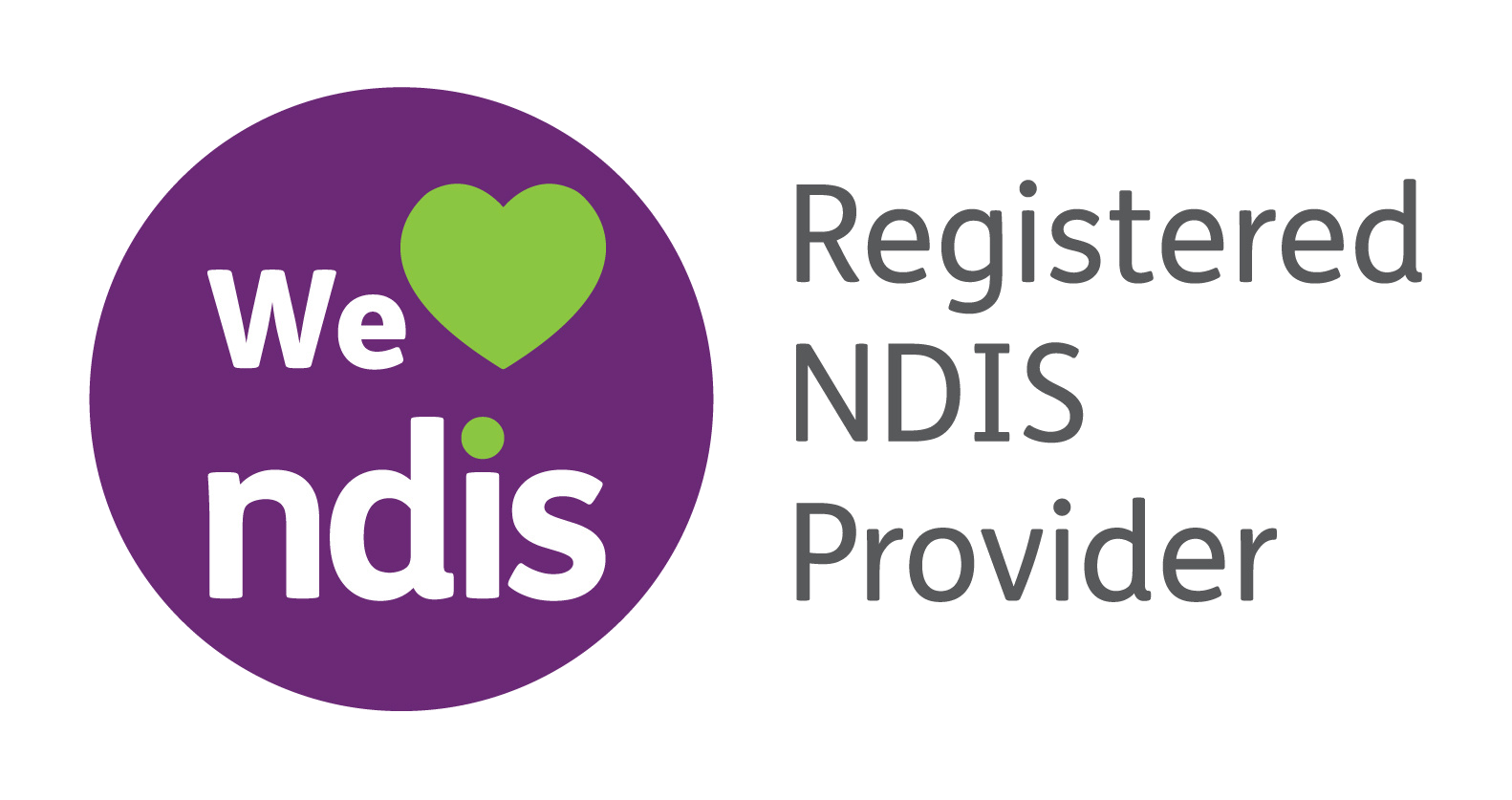When completing an Australian tax return, one of the most important considerations is identifying which expenses are deductible. The Australian Taxation Office (ATO) provides clear guidance on what individuals, businesses, and trusts can claim. Knowing the right deductions not only ensures compliance but can also reduce your taxable income and maximise your refund.
1. Deductions for Individuals
Individuals can claim deductions for work-related and personal investment expenses. To be deductible, the expense must:
-
Be directly related to earning income,
-
Not be private or domestic in nature, and
-
Be substantiated with records (e.g., receipts, logbooks).
Common deductions include:
-
Work-related expenses: Uniforms, protective clothing, tools, union fees, professional memberships, and training courses.
-
Vehicle and travel expenses: Car expenses when using your own vehicle for work purposes (excluding commuting to and from work), and travel costs for work-related purposes.
-
Home office expenses: If you work from home, deductions may include a portion of electricity, internet, phone, and office equipment depreciation.
-
Self-education expenses: Courses or seminars directly related to your current job.
-
Investment-related expenses: Interest on loans for investment properties, management fees, and certain financial advice costs.
2. Deductions for Businesses
Businesses, whether sole traders, partnerships, or companies, can claim deductions for expenses that are directly connected to generating assessable income.
Common business deductions include:
-
Operating expenses: Rent, utilities, insurance, advertising, and accounting fees.
-
Employee costs: Wages, superannuation contributions, training, and fringe benefits.
-
Business assets and depreciation: Instant asset write-off (subject to thresholds and eligibility), or claiming depreciation over time.
-
Motor vehicle expenses: Fuel, servicing, registration, and lease costs for business use.
-
Travel expenses: Airfares, accommodation, and meals incurred during business-related travel.
-
Interest and finance costs: Interest on business loans and overdrafts.
-
Bad debts: Debts that cannot be recovered from customers.
3. Deductions for Trusts
Trusts, as separate taxable entities, can also claim deductions for expenses incurred in earning income.
Typical deductions for trusts include:
-
Management and administration costs: Trustee fees, accounting, and legal costs related to managing the trust.
-
Business expenses: If the trust carries on a business, deductions similar to those available for companies (e.g., rent, wages, and operating costs) can be claimed.
-
Investment expenses: Interest on loans used for investment purposes, portfolio management fees, and related costs.
-
Depreciation of assets: Assets held by the trust can be depreciated according to ATO rules.
-
Distributions: While not a deduction itself, trusts can distribute income to beneficiaries, effectively shifting the tax liability to them.
Are you confused on what expenses you can claim and what you can’t. Contact S & H Tax Accountants, we are always here to assist you. We have a wonderful team of well-qualified, very professional and vastly experienced individuals. Our priority is always our clients, therefore book an appointment with us today! Call us on 03 8759 5532 or you can email us on info@sahtax.com.au















